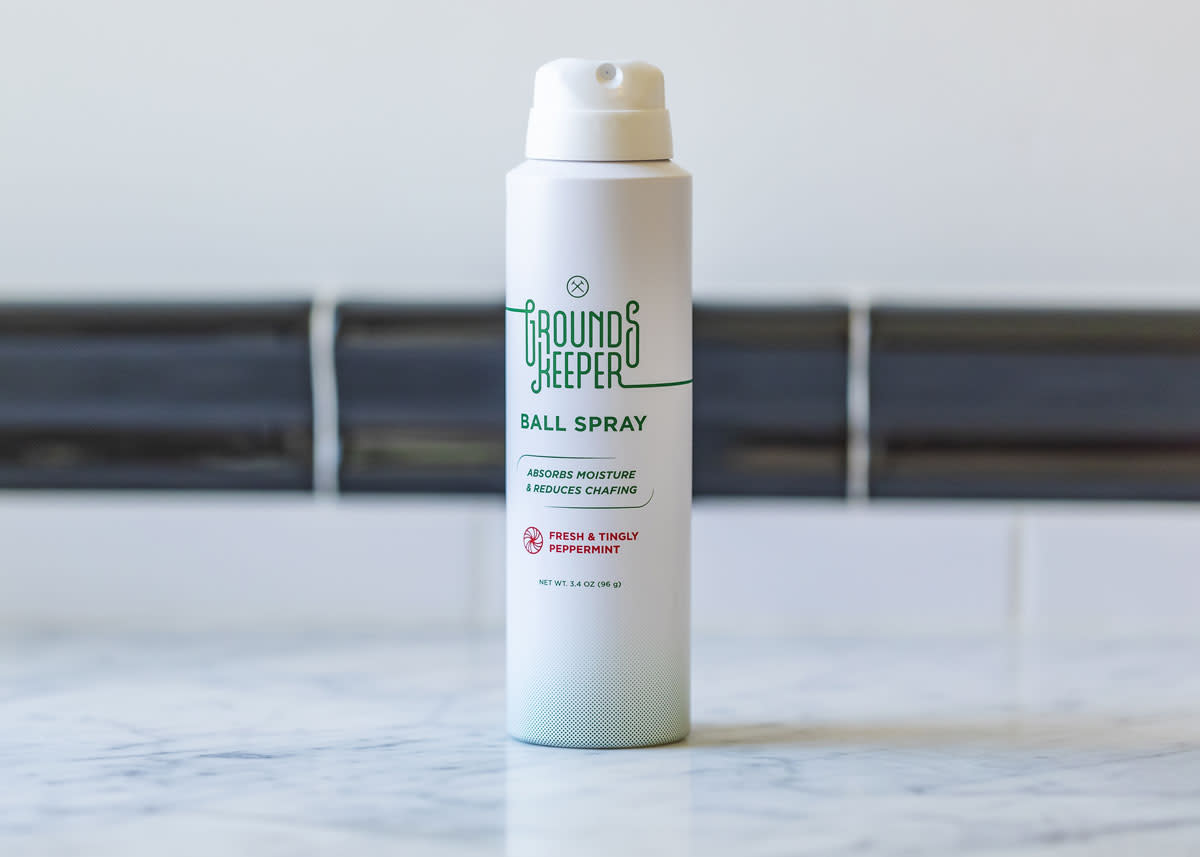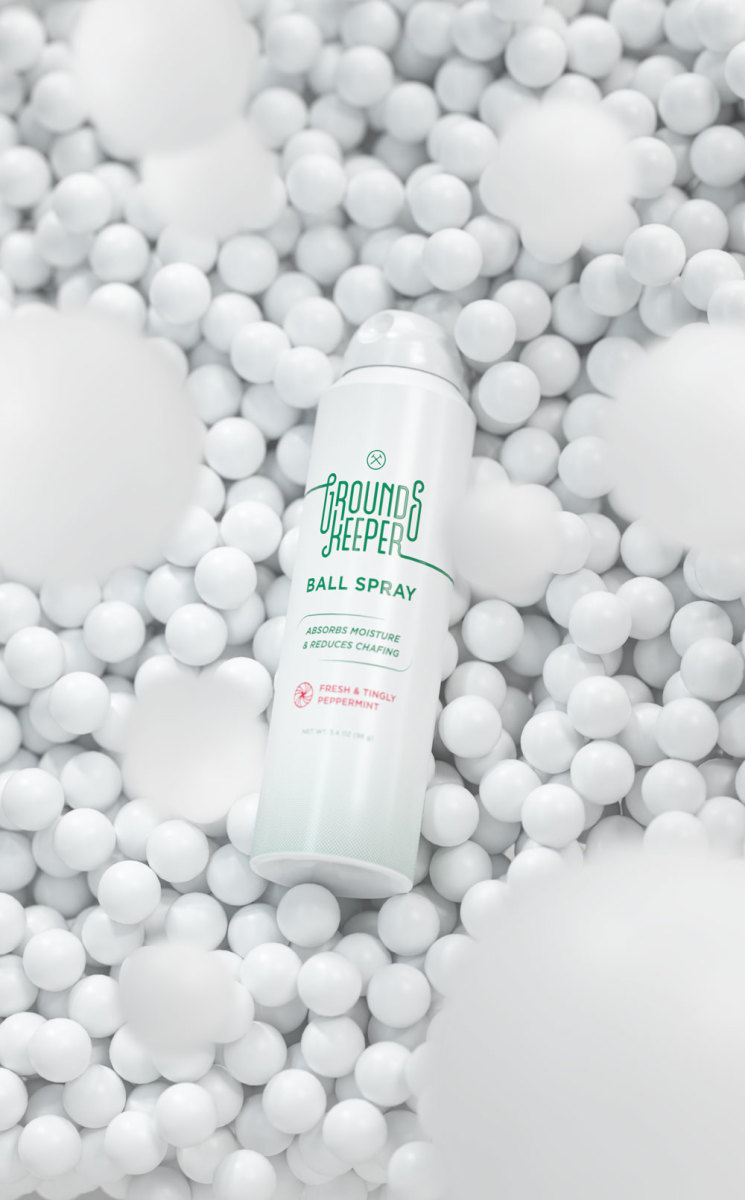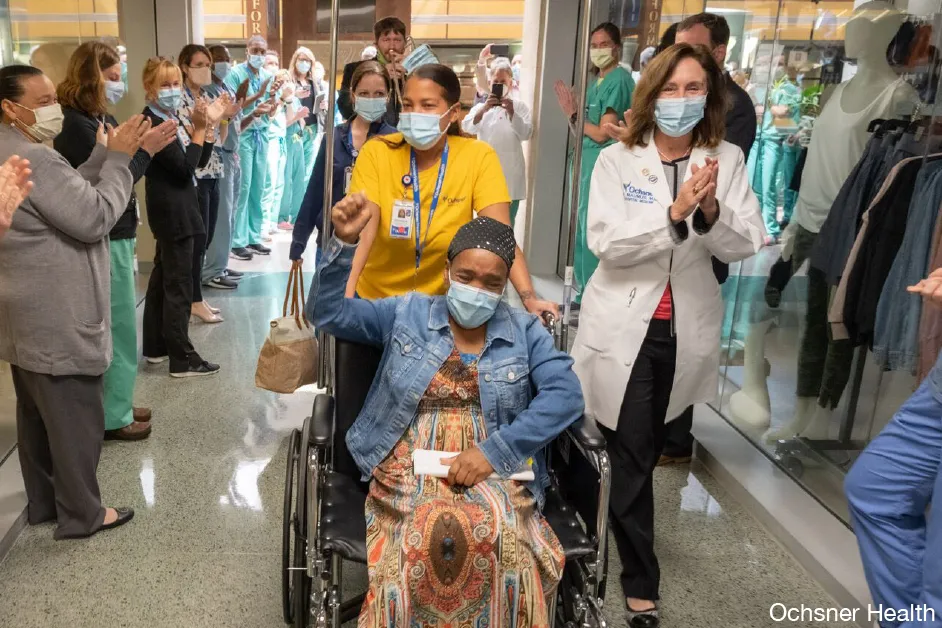Dr. Ken Redcross is an internal medicine physician with a concierge practice in New York. He wrote the book “Bond: The 4 Cornerstones of a Lasting and Caring Relationship with Your Doctor,” and in this interview, he shares his views on the prevention of COVID-19 through natural means.
“My specialty is the patient/doctor bond and relationship,” he says. “That leads to house calls. That leads to making sure that the patient has access to me 24/7 and that's the way I think it should be. Patients should feel like a doctor is a member of their family and so that's what I do …
It’s about four things: Trust, respect, empathy and communication. If you give that to each patient you're blessed enough to touch, then things tend to go well … My career has spanned over two decades now and, obviously, I've never seen anything like this [pandemic]. A big part of my practice are house calls.
So now, I am literally making house calls to patients who have COVID-19 and, quite honestly, especially early on, belonged in the hospital, but there was no room here in New York … I'm really, truly in the epicenter [of the epidemic in New York].”
Some of the patients Redcross saw were concerned about going to the hospital out of fear of being exposed to COVID-19, saying they’d rather take their chances at home. Fortunately, Redcross was able to help educate many of his patients about proactive measures they can take, even if they opted to stay at home.
Vitamin D Optimization Is a Crucial Component
Redcross works with a very diverse group of patients, including Blacks, who are most adversely affected with vitamin D deficiency. Statistics have shown that the African-American community is also disproportionately at risk for severe COVID-19, and vitamin D deficiency may in fact be at the heart of this disparity.
I believe getting the word out to all communities, and especially the Black community, that vitamin D is essential for health and vital in the fight against this virus, and Redcross agrees.
Other disparities that also play a role are more difficult to address than vitamin D. For example, many income-restricted individuals live in ‘food deserts’ where healthy whole foods are hard to come by, and have limited options that include fast food or processed foods that are devoid of nutrients, creating a recipe for insulin resistance and all of the health ramifications that go along with it.
While this isn’t the reality for all, diet and income are factors that should be taken into consideration when addressing the health needs of the Black community. Aside from vitamin D deficiency, insulin resistance is one of the primary risk factors for severe COVID-19 infection and death, as discussed in “The Real Pandemic Is Insulin Resistance.”
Transitioning to a low-carb diet high in healthy fats and time-restricted eating are two of the most effective remedies for this, but they take time to implement and reap the benefits of. Clearly, they’re strategies that will protect your health in the long-term, but more acutely won’t have a major impact.
Another part of the nutritional approach to protecting your health is to eliminate your use of industrial vegetable oils that are high in omega-6 linoleic acid, which I believe is actually worse than carbohydrates. Redcross agrees that this is an important part of the conversation he has with his patients.
Vitamin D, on the other hand, is something that can strengthen your immune system in a matter of a few weeks. Dosing is an important factor, however, when you’re taking an oral vitamin D supplement. It needs to be high enough.
The ideal way to optimize your level is to get sensible sun exposure, but if you’re dark-skinned, you may need upward of 1.5 hours of sun a day in order to maximize conversion of vitamin D in your skin. Many don’t have the luxury of that much time.
“Five thousand IUs [of oral vitamin D] is that magic number for me,” Redcross says. “I cringe when I go over the counter and see 1,000 and 2,000 because it's not enough to get to those optimal levels.
If I put on my Western medicine hat, when you look at the parameters it'll say that the vitamin D level should be 30 ng/mL. But if I put on the better Eastern medicine hat, which is the truer hat, we get to that 40 to 60 ng/mL range …
No matter what, I'm always talking about 5,000 [IUs of vitamin D], because when [they take] 5,000 IUs, and I get lab testing after that, it tends to be in that optimal range of 40 to 60 ng/mL. That's the sweet spot where I feel like everything is better clinically.”
Why Vitamin D Recommendations Are Too Low
Indeed, it’s important to realize that when health authorities caution against exceeding a vitamin D dose of 4,000 IUs, their recommendation is based on the dosage required to prevent rickets. It has nothing to do with the dosage required to support immune function and prevent other chronic diseases.
Unfortunately, as noted by Redcross, many medical authorities are “still blind” to these facts. Redcross, on the other hand, recommends vitamin D supplementation to most of his patients.
He starts by getting a baseline reading of their vitamin D level, and continues to check their levels with regular testing while also tracking their clinical symptoms and subjective observations. Many report a sense of improved general well-being once they get their levels up.
“My whole goal in my practice is not to have to use my prescription pad,” he says. “So, when I can use something like vitamin D to make that big a difference — so that if their mood is better, maybe I don't have to reach for an antidepressant necessarily. Maybe there are some alternatives that could make a big difference in their lives that way, and naturally.”
Many of his patients tend to have vitamin D levels around 20 ng/mL at baseline. Very few have sufficient levels, especially among the elderly. In addition to his regular concierge practice, Redcross also offers affordable health care at a local assisted living facility, where he advocates for vitamin D optimization.
If you have a loved one in a nursing home, taking the time to talk to the medical management about vitamin D testing and supplementation could make a big difference in the general health of all the residents.
“When I'm looking at that population, I see [vitamin D deficiency] all the time. So, I'm pretty regimented by making sure, every three to six months, that I'm staying on top of it, correlating that with them clinically, as well, and seeing how they feel,” he says.
As it pertains to COVID-19, researchers in Indonesia, who looked at data from 780 COVID-19 patients, found1 those with a vitamin D level between 21 ng/mL (50 nmol/L) and 29 ng/mL (75 nmol/L) had a 12.55 times higher risk of death than those with a level above 30 ng/mL. Having a level below 20 ng/mL was associated with a 19.12 times higher risk of death.
Other research2,3 suggests your risk of developing a severe case of, and dying from, COVID-19 virtually disappears once your vitamin D level gets above 30 ng/mL (75 nmol/L). To ignore this seems foolish in the extreme, especially since vitamin D supplementation is both safe and inexpensive.
“It's going to be interesting over the next few years. Even over the beginning of my career to now, we're getting more and more traction with vitamin D. We're learning more and more, and I can only imagine, in the next five to 10 years, where we're going to be using vitamin D in order to get well and heal,” Redcross says.
The Role of Magnesium and Vitamin K2
Importantly, other nutrient deficiencies may be at play if you’re having a hard time improving your vitamin D level. One of them is magnesium, which is required for the conversion of vitamin D into its active form. Without sufficient amounts of magnesium, your body cannot properly utilize the vitamin D you’re taking.4,5,6,7
According to a scientific review8,9 published in 2018, as many as 50% of Americans taking vitamin D supplements may not get significant benefit as the vitamin D simply gets stored in its inactive form, and the reason for this is because they have insufficient magnesium levels.
Research10 published in 2013 also highlighted this issue, concluding that higher magnesium intake helps reduce your risk of vitamin D deficiency by activating more of it.
Another cofactor is vitamin K2, as it helps prevent complications associated with excessive calcification in your arteries. In fact, relative vitamin K2 deficiency is typically what produces symptoms of “vitamin D toxicity.”
Research by GrassrootsHealth, based on data from nearly 3,000 individuals, reveals you need 244% more oral vitamin D if you’re not also taking magnesium and vitamin K2.11 What this means in practical terms is that if you take all three supplements in combination, you need far less oral vitamin D in order to achieve a healthy vitamin D level. Redcross notes:
“I absolutely love magnesium, for so many reasons. I'll tell you a quick story. I trained in Columbia Presbyterian in New York many moons ago. As a resident, I had an intern who was treating to replete a patient's potassium. No matter what, it remained low.
I asked the intern, ‘Did you also supplement with magnesium at the same time?’ When the intern did that, magically the potassium came back up. That was because magnesium is a vital cofactor. So, even back then, we understood how important magnesium was. And it's even more important for vitamin D to get to its active state …
So, magnesium is a big important thing. That's what I tell patients — that every vitamin D is not created equal. I like to make sure that it has a cofactor like magnesium in there, which is necessary for energy and so much more. It's in almost every cell that we have.
My magnesium of preference is magnesium bisglycinate. I like it because it's got great bioavailability. It tends to be easier for patients to take. I don't get too many calls about GI upset or anything. So, it tends to work for them. That's the magnesium that I like to start with.”
Types of Magnesium
Aside from magnesium bisglycinate, other variations include:
- Magnesium glycinate, a powder with low solubility. Glycine is an important amino acid and precursor for glutathione.
- Ionic magnesium found in molecular hydrogen tablets. Each water-soluble tablet has about 80 mg of highly bioavailable unbound magnesium ions, which is about 20% of the recommended daily allowance.
- Magnesium threonate is another excellent choice as it seems it can efficiently penetrate the blood-brain barrier.
- Magnesium malate, which dissolves very well in water. Malate is an intermediary in the Krebs cycle, so it likely contributes to ATP production.
- Magnesium citrate also dissolves well and has a pleasant citric acid taste.
Being a Source of Inspiration
Redcross not only has a positive impact in his local community in New York, but he’s also been able to get his message of health and wellness out in the media, which is an important component.
“One of the important things when I do that is that it's all about inspiration. I don't believe in doom and gloom. No matter what, I see a silver lining in everything,” Redcross says.
“So, whenever I'm doing any of this stuff in the media, it's important that people leave inspired and happier than they were when I first got there. I think everyone's ready to hear a positive message. When you turn on the TV, unfortunately everything is negative … I don't believe in negativity. And even when you talk about disease, I really feel it's more dis-ease than an actual disease and a label.
I think the thing that's important here is that we are talking about something like vitamin D. Vitamin D is so important, and guess what, your body makes it naturally … It's really a pro-hormone, and that's a pretty big deal … So, make sure you're going out and getting tested, and getting tested regularly to make sure that that's a part of your everyday habit and behavior to stay healthy and whole.”
Take-Home Message
While the death toll from COVID-19 in the U.S. has sharply declined since its peak in mid-April — declining from 2,666 deaths the week of June 13, 2020, to 906 deaths for the week of June 2012 — authorities predict a reemergence this fall.
We can significantly blunt any reemergence by optimizing our vitamin D levels, and this strategy is bound to be particularly important in African-American communities, nursing homes and other long-term care facilities.
To aid in this educational effort, I created two vitamin D reports — one comprehensive science report and one easy to digest summary for the layperson — both of which can be downloaded below. The first is more for health care professionals and those who doubt the science of the recommendation.
The second was specifically designed to give you the nuts and bolts of the message in an easy to share, highly readable format. We need an army to take this message to the public, especially those at greatest risk, the elderly and those with melanated skin. This document should help you to spread the message.

I urge everyone to share this information with your friends, family and community at large, so that we can minimize additional outbreaks. If you have a family member or know anyone that is in an assisted living facility, you could meet with the director of the program, share these reports and encourage them to get everyone tested or at least start them on vitamin D.
Additionally, you could talk to your Black friends, co-workers and those in your community — who are also at disproportionate risk — and provide them with important health information that could save many lives quicker than any vaccine program.
“It's a must-read document, to be honest, just the way it's laid out, for consumers, for my patients and that sort of thing. I love it and I appreciate you sharing that with me as well,” Redcross says. “Let's continue to fight the good fight and know that this too shall pass.”
from Articles https://ift.tt/3hTQVoO
via IFTTT

























